 ‘Four things to see this week’ is sponsored by Bloomberg Connects, the free arts and culture app. Bloomberg Connects lets you access museums, galleries and cultural spaces around the world on demand. Download the app here to access digital guides and explore a variety of content.
‘Four things to see this week’ is sponsored by Bloomberg Connects, the free arts and culture app. Bloomberg Connects lets you access museums, galleries and cultural spaces around the world on demand. Download the app here to access digital guides and explore a variety of content.
Each week we bring you four of the most interesting objects from the world’s museums, galleries and art institutions, hand-picked to mark significant moments in the calendar.
The seedier side of city life has continued to capture the imagination of generations of artists. This week, we take a look at four works of art depicting the lively venues and curious characters of the night.
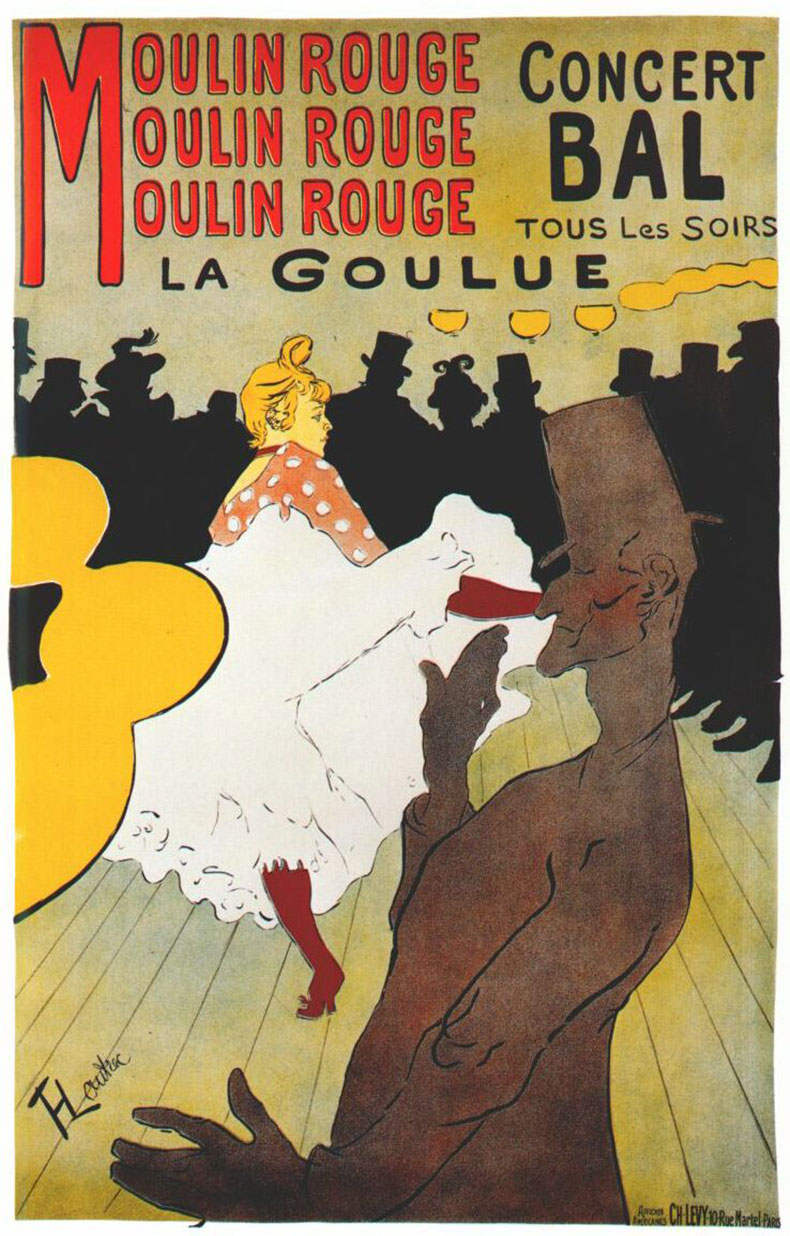
La Goulue (1891), Henri Toulouse-Lautrec. Musée Toulouse-Lautrec, Albi
1. La Goulue (1891), Henri Toulouse Lautrec
Musée Toulouse-Lautrec, Albi
Lautrec’s first poster for the Moulin Rouge was commissioned by the nightclub’s director in 1891 and depicts a performance by the famous dancer La Goulue (‘The Glutton’). The dancer’s real name was Louise Weber – she got the nickname after gaining a reputation for drinking from patrons’ glasses in the middle of a routine. Click here to read more.
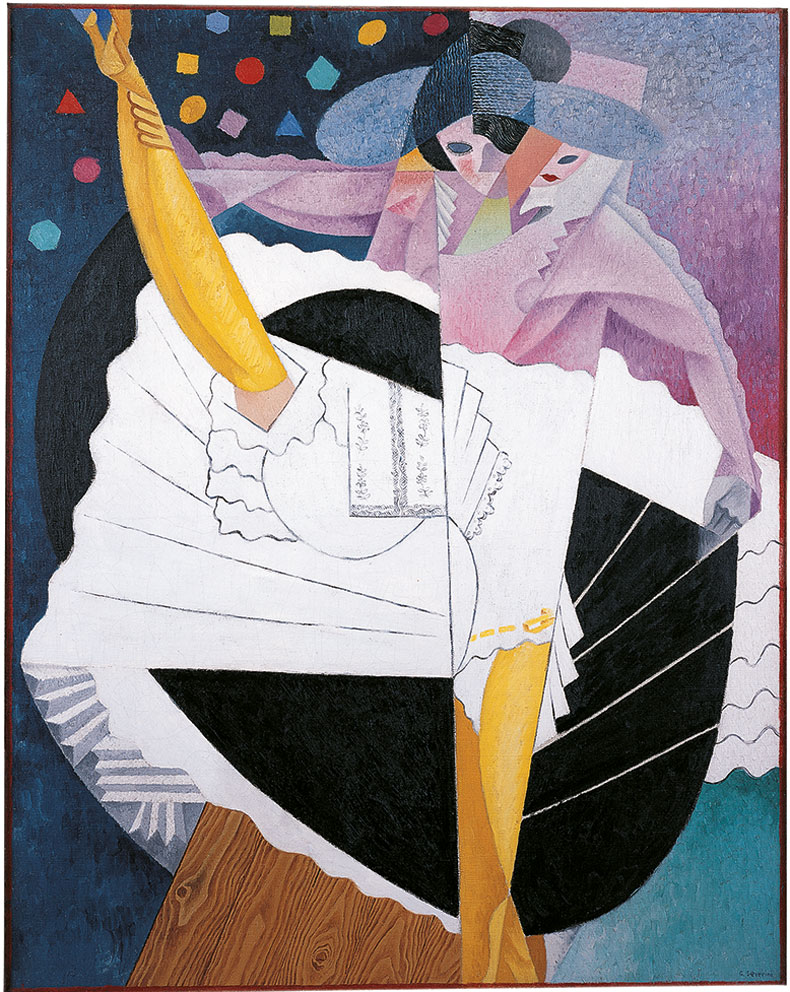
Danseuse No.5 (Dancer No. 5) (1915–16), Gino Severini. Pallant House Gallery, Chichester
2. Danseuse No. 5 (1915–16), Gino Severini
Pallant House Gallery, Chichester
Here a dancer kicks her legs in the can-can style familiar from Toulouse-Lautrec’s posters, revealing the ruffles and lace of her white petticoats. But while Toulouse-Lautrec’s style is loosely linear, Severini’s Danseuse takes its cue from cubism, the model’s face skewed by a dynamic fragmentation of features that conveys the fast pace of the dance. Click here to find out more on the Bloomberg Connects app.
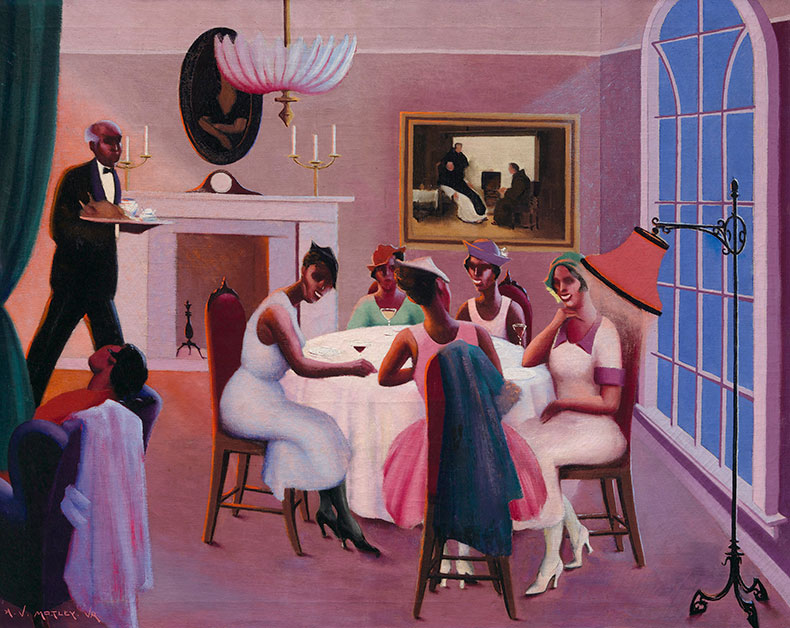
Cocktails (c. 1926), Archibald Motley. Museum of Fine Arts, Boston. The John Axelrod Collection. Photo: © Museum of Fine Arts, Boston
3. Cocktails (c. 1926), Archibald Motley
Museum of Fine Arts, Boston
This striking painting depicts a group of elegant Black women laughing and drinking around a table, while they are waited on by a butler. As well as defying the Prohibition laws that were in place from 1920 to 1933, Archibald Motley’s work challenges the stereotypes of people of colour that had come to dominate American culture. Click here to find out more.
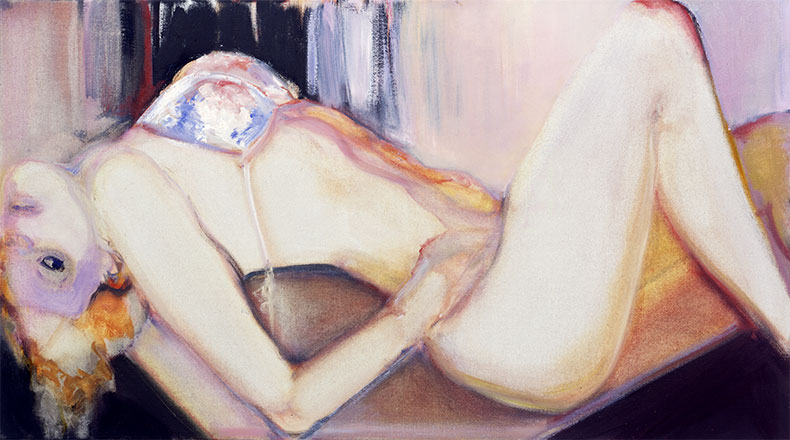
Glitter Bra (1999), Marlene Dumas. S.M.A.K, Ghent. Photo: Dirk Pauwels
4. Glitter Bra (1999), Marlene Dumas
S.M.A.K, Ghent
Marlene Dumas has long been fascinated with love, eroticism and sex work, the latter of which she has equated with the work of the artist. In 1997, she wrote: ‘If – a prostitute is a person / who makes it a profession / to gratify the lust of various persons / for economical reasons or gain… Then – it seems not so far removed / from my definition of an artist.’ In this painting, she depicts a reclining woman, perhaps a stripper, the contours of her body highlighted with the colours of sunset. Click here to find out more.
Download now
![]() ‘Four things to see this week’ is sponsored by Bloomberg Connects, the free arts and culture app. Bloomberg Connects lets you access museums, galleries and cultural spaces around the world on demand. Download the app here to access digital guides and explore a variety of content or scan the QR code.
‘Four things to see this week’ is sponsored by Bloomberg Connects, the free arts and culture app. Bloomberg Connects lets you access museums, galleries and cultural spaces around the world on demand. Download the app here to access digital guides and explore a variety of content or scan the QR code.
Unlimited access from just $16 every 3 months
Subscribe to get unlimited and exclusive access to the top art stories, interviews and exhibition reviews.

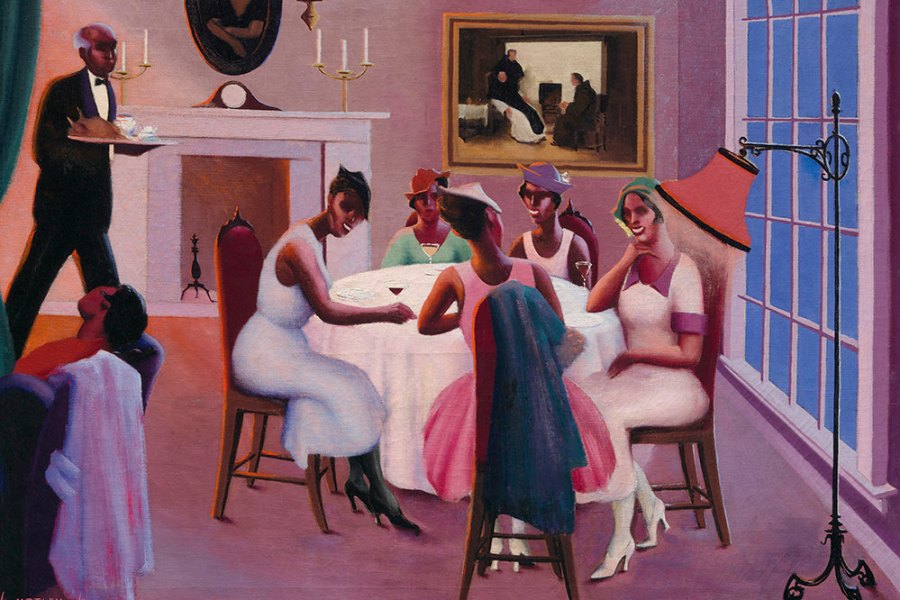
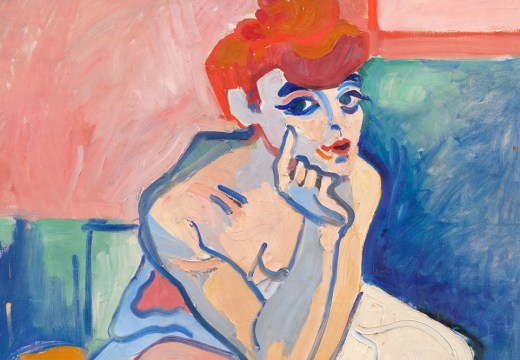
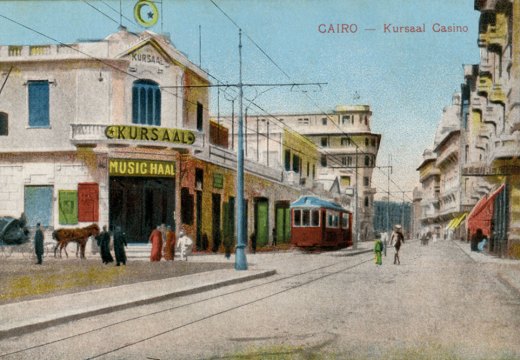
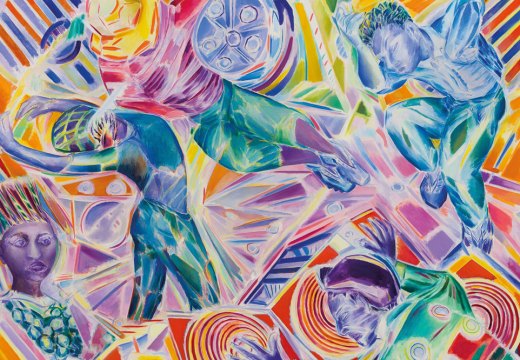


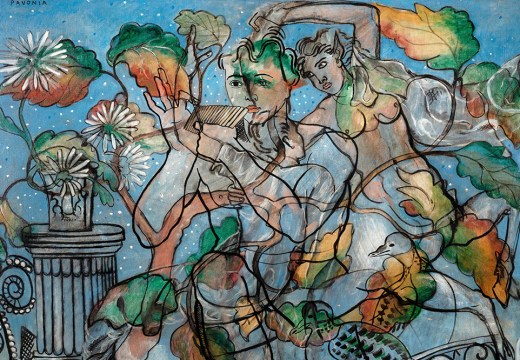
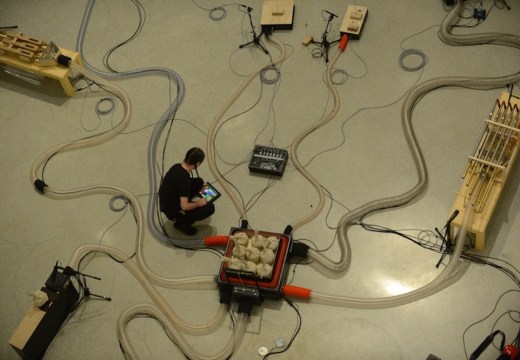





![Masterpiece [Re]discovery 2022. Photo: Ben Fisher Photography, courtesy of Masterpiece London](http://www.apollo-magazine.com/wp-content/uploads/2022/07/MPL2022_4263.jpg)
Has arts punditry become a perk for politicos?